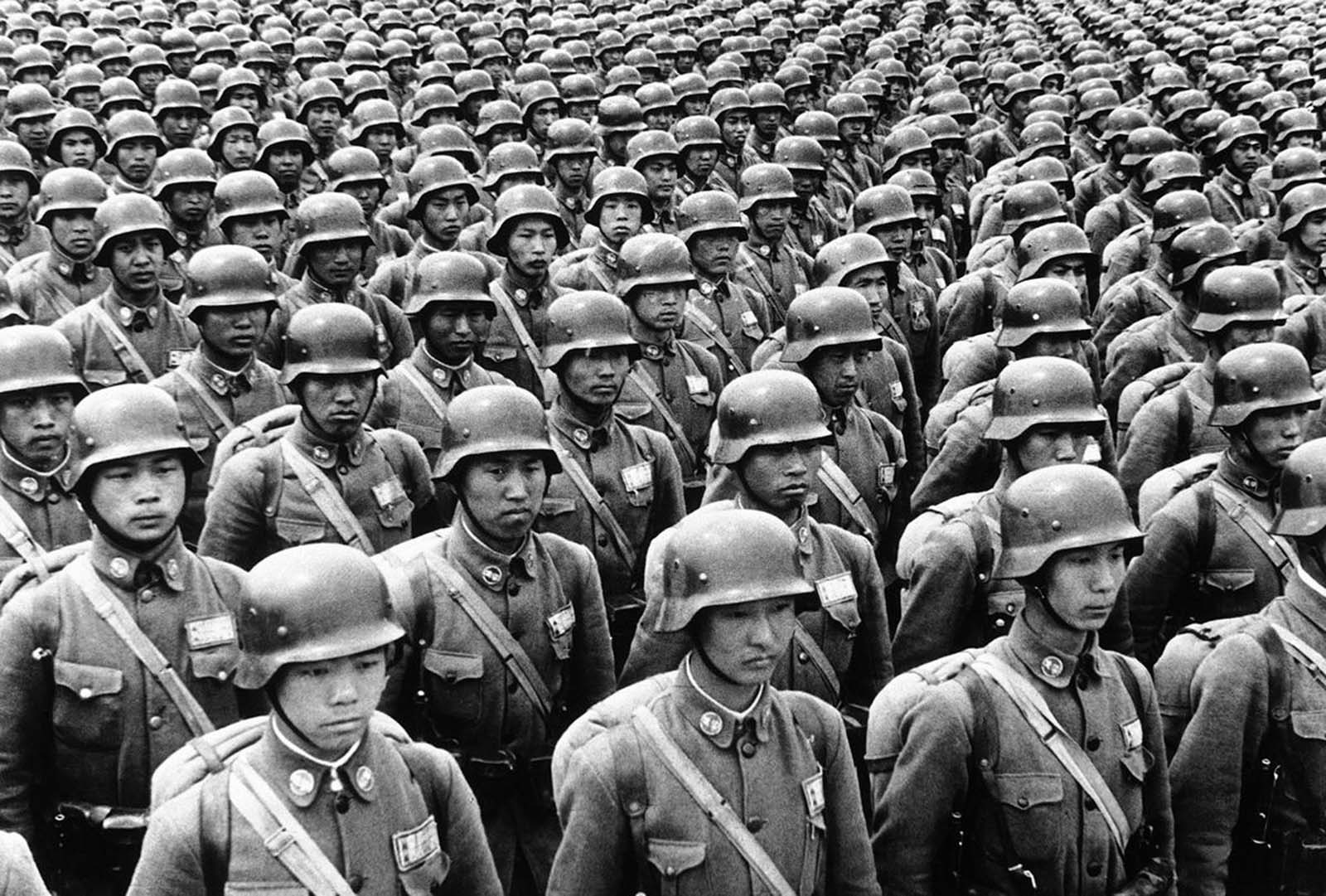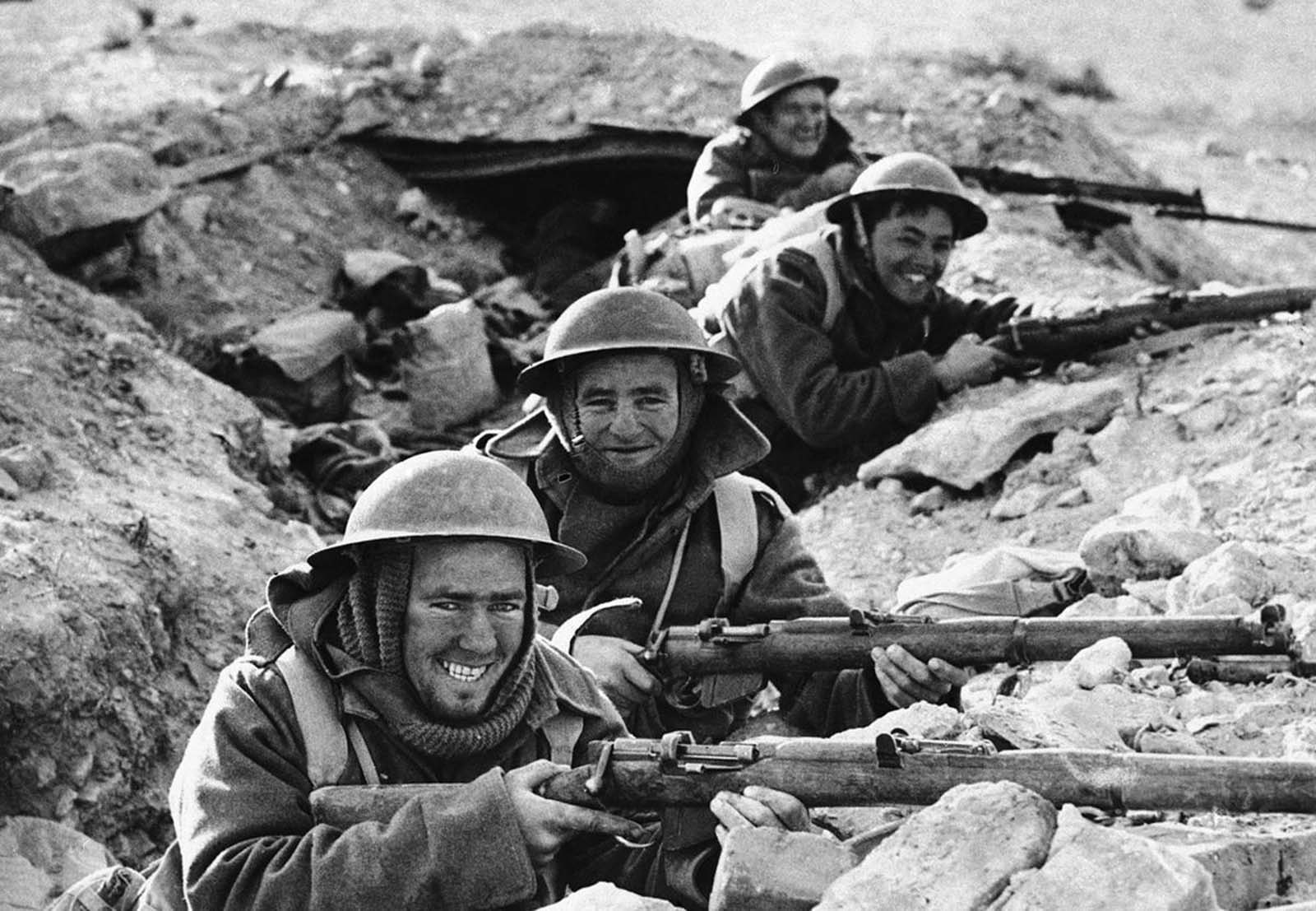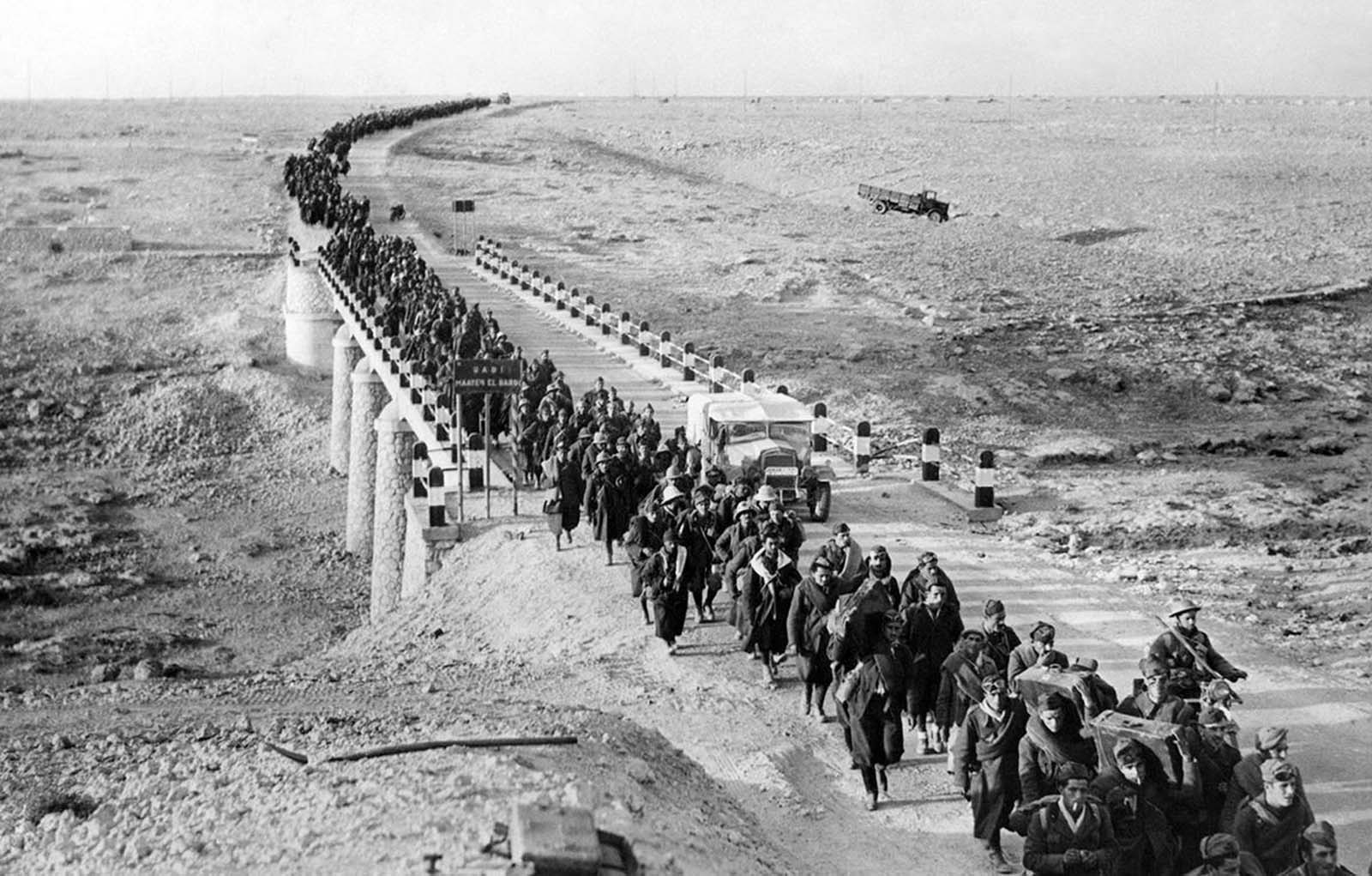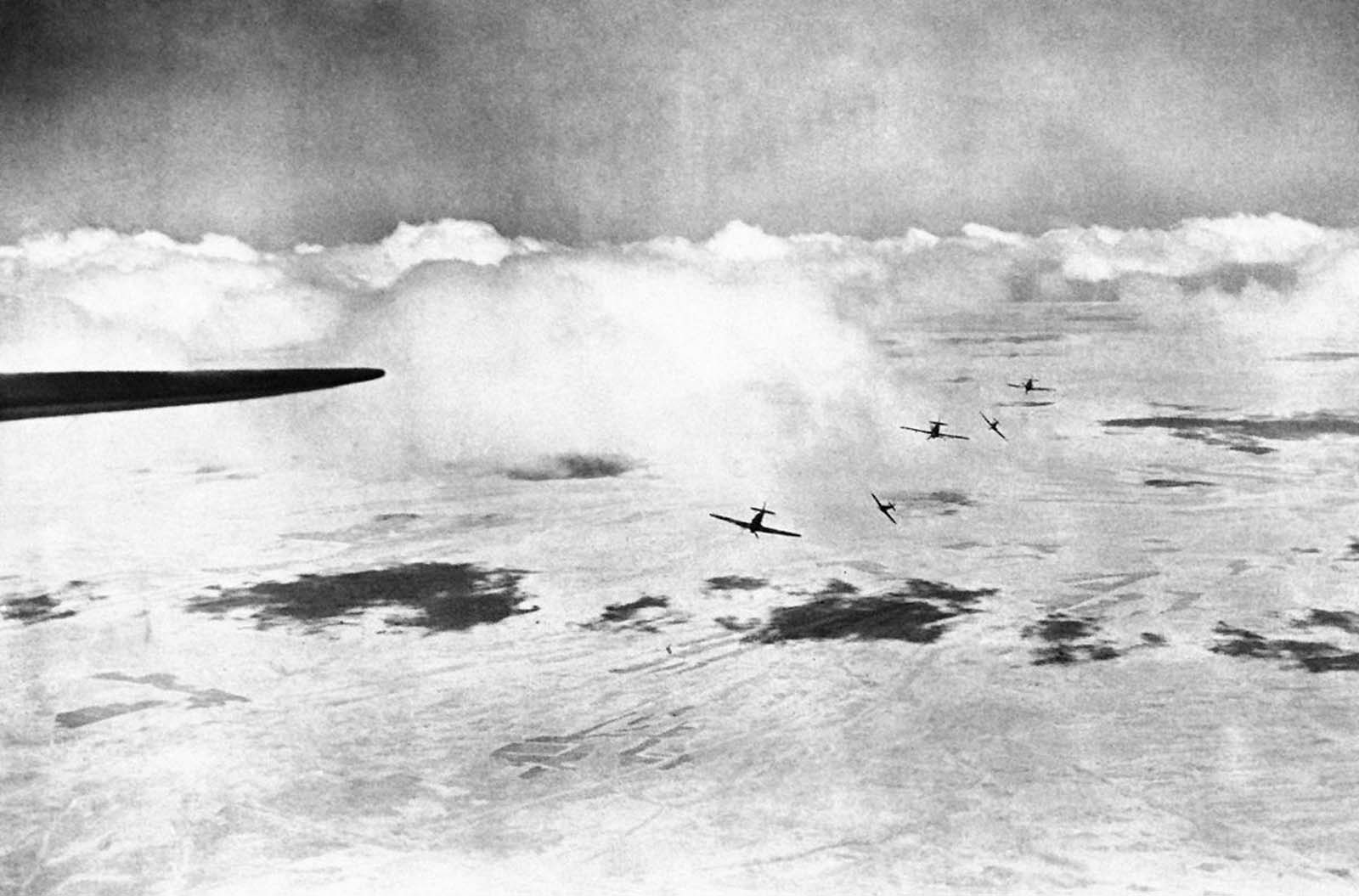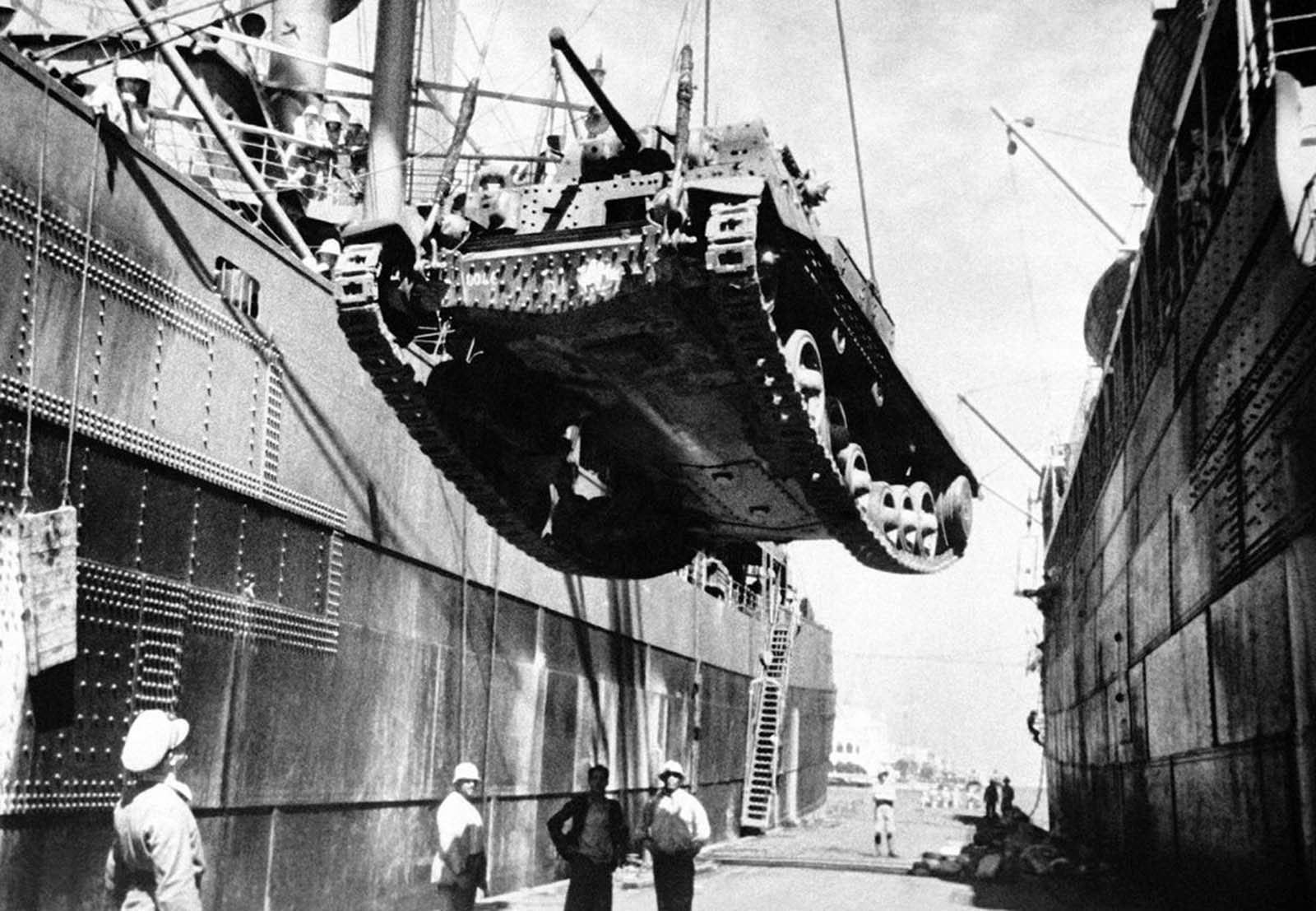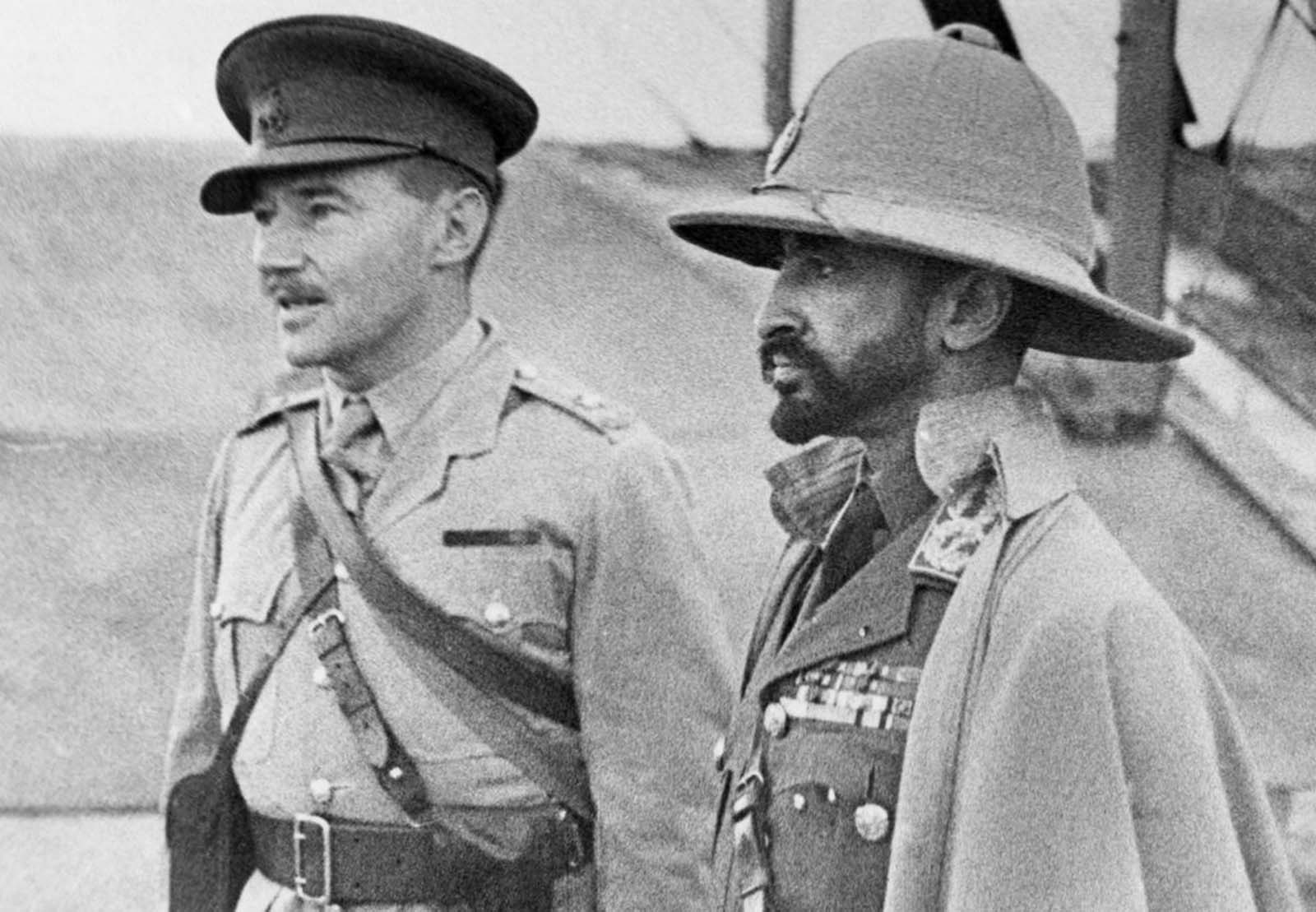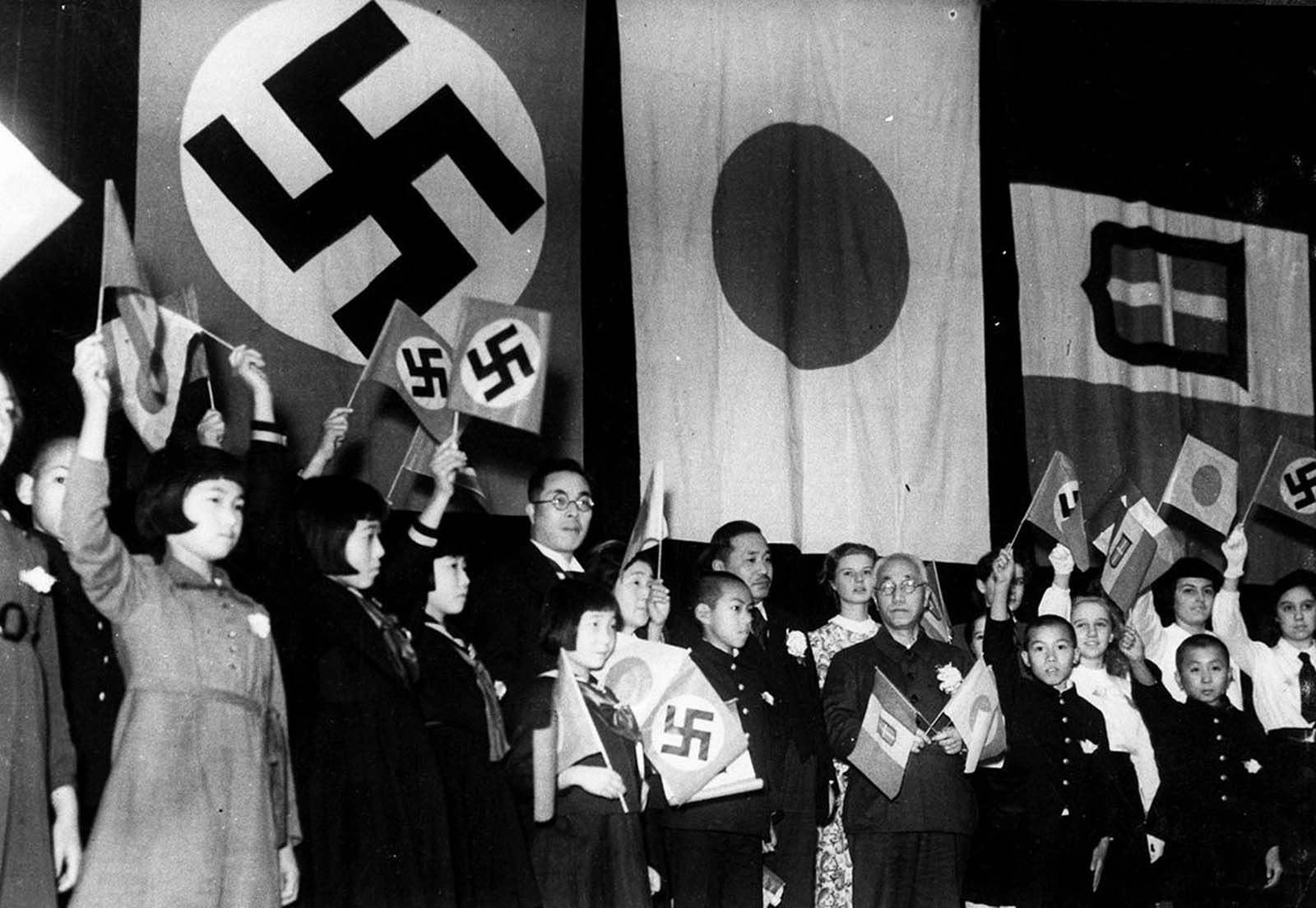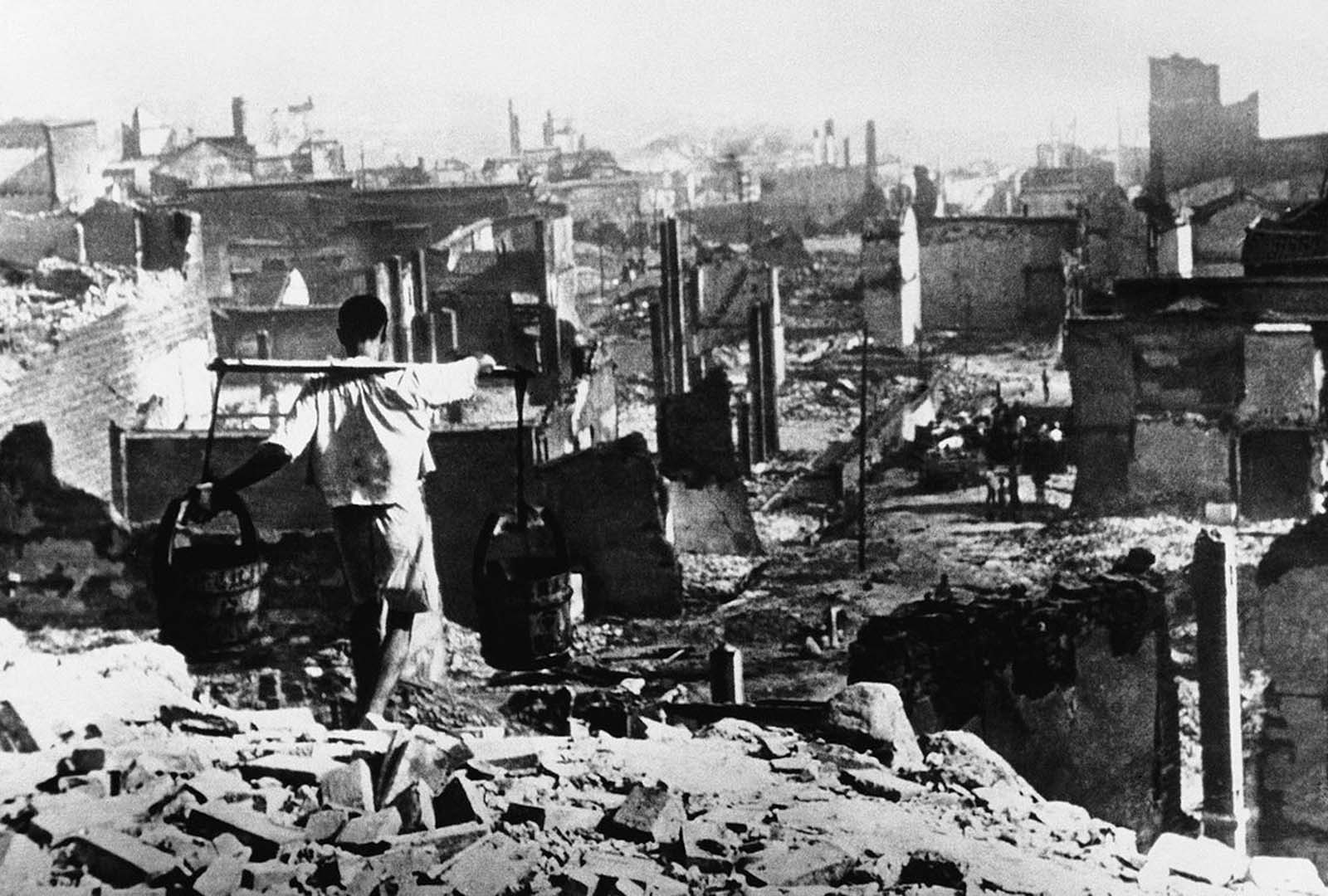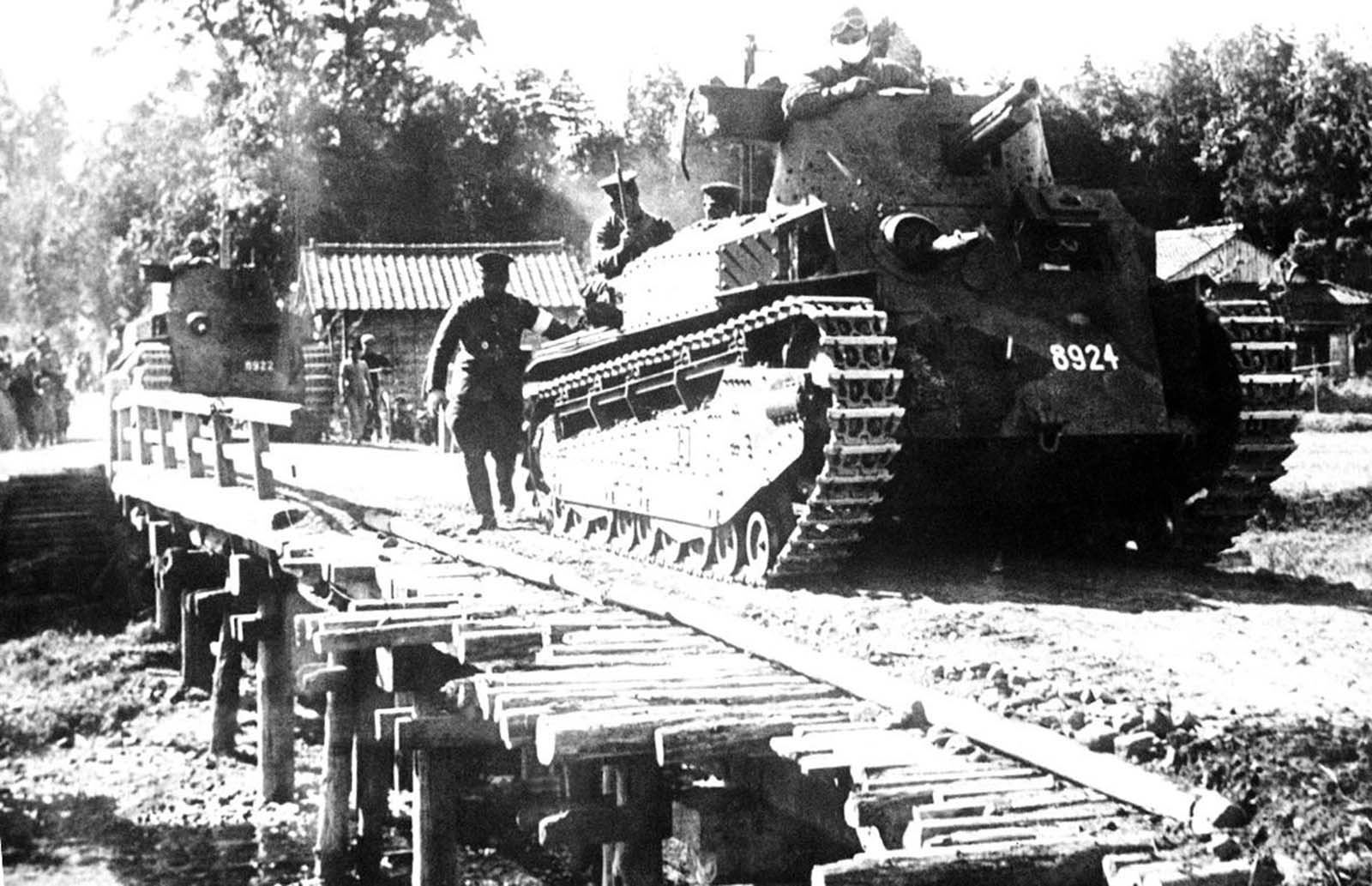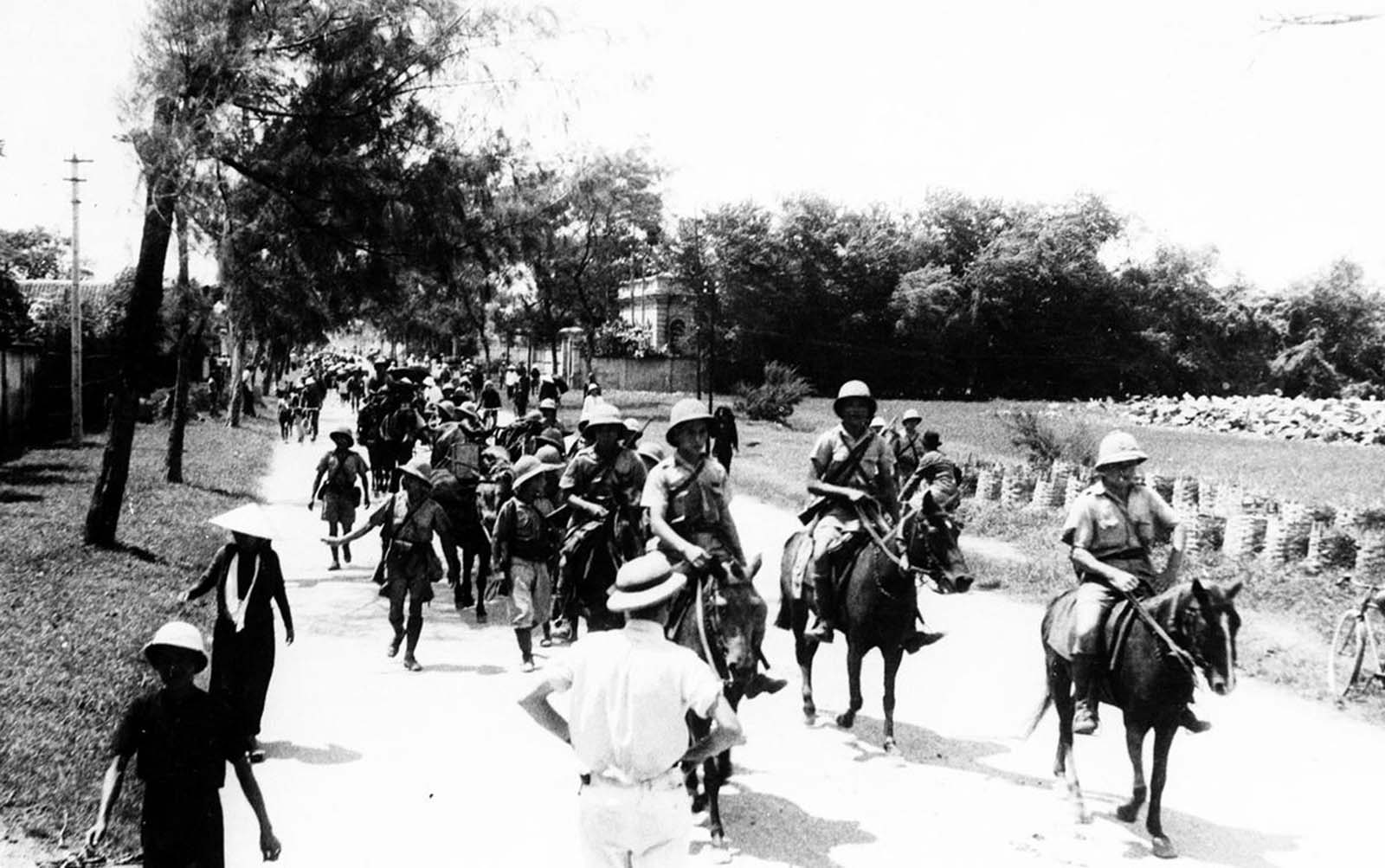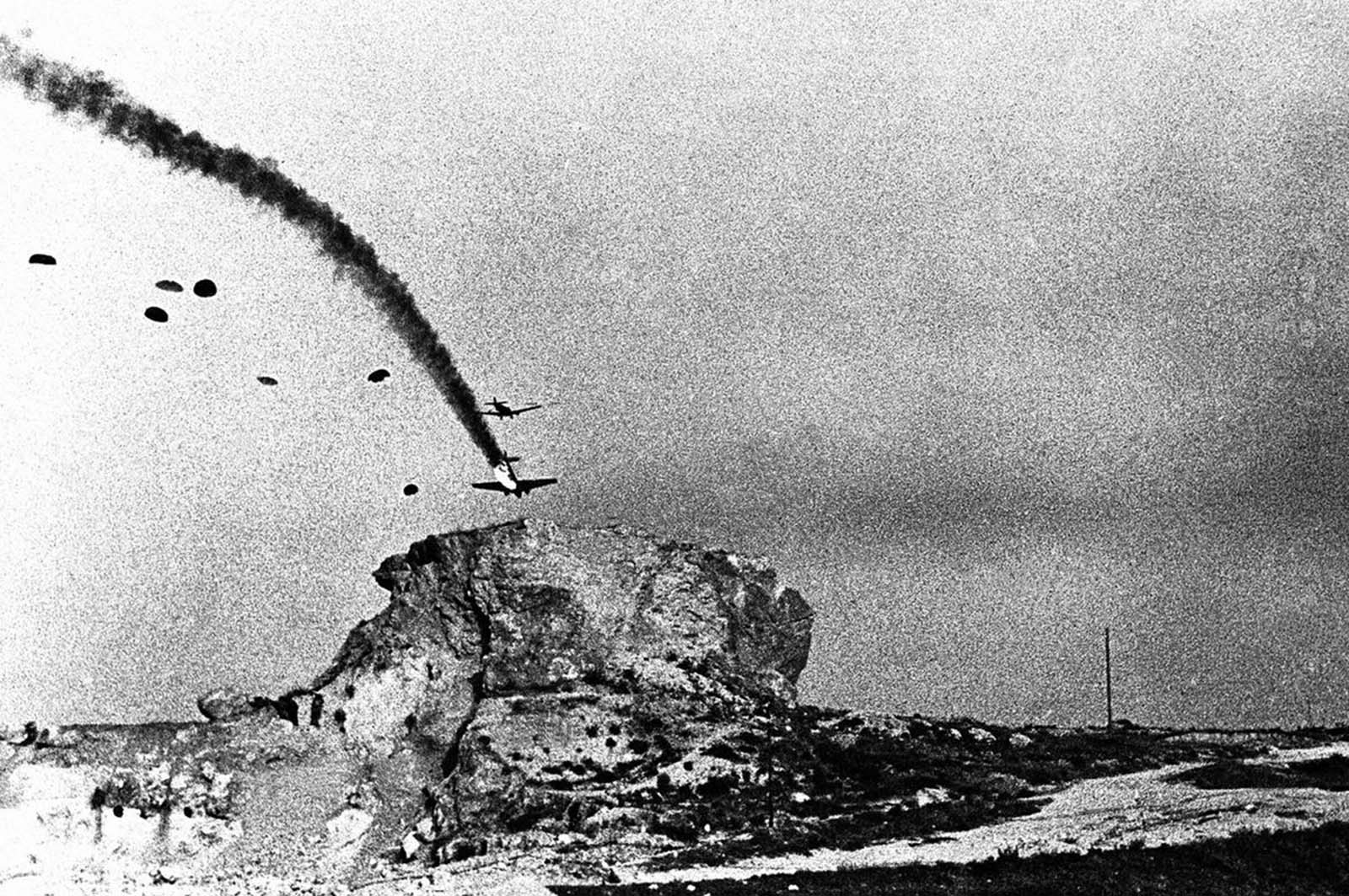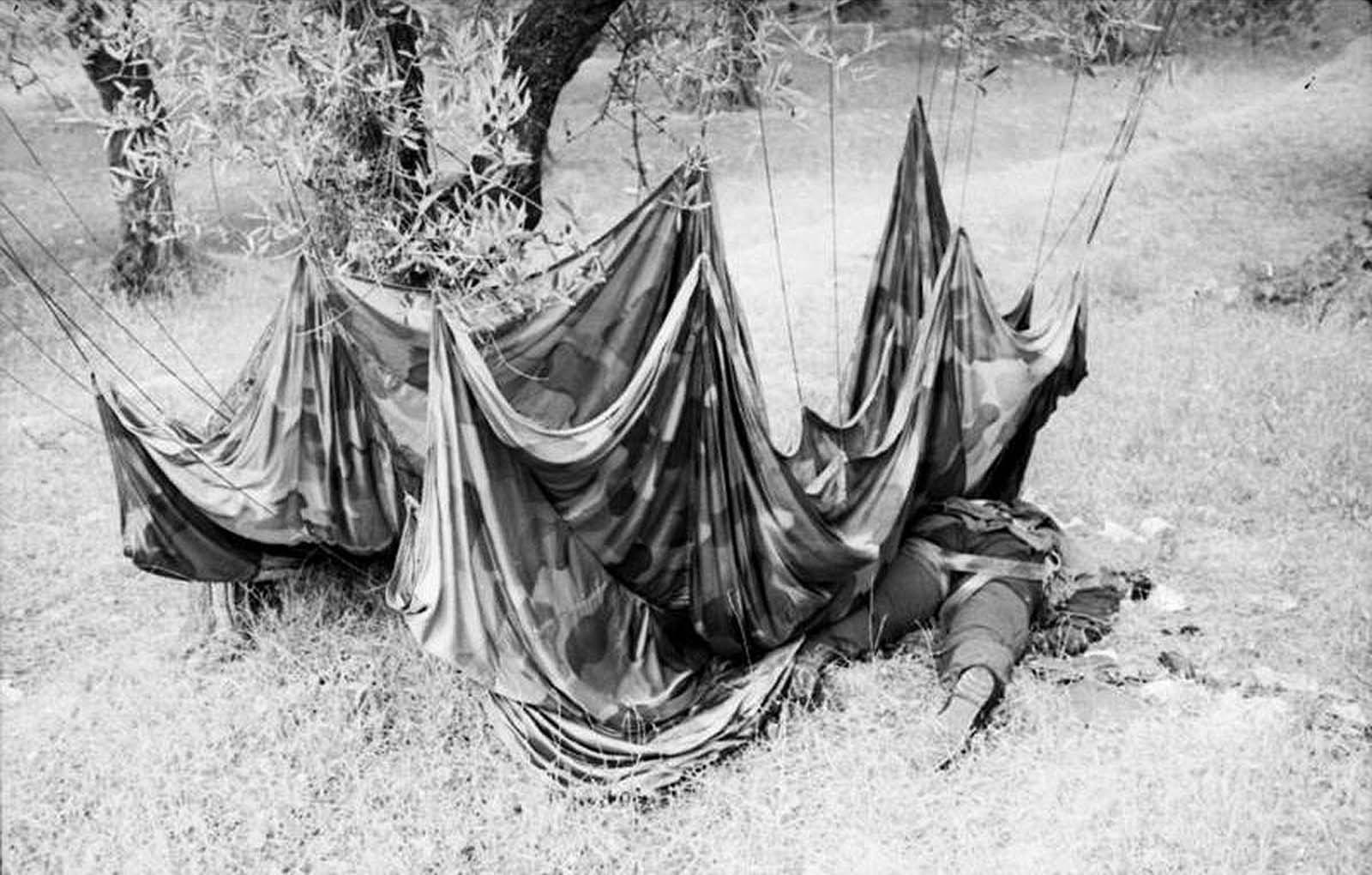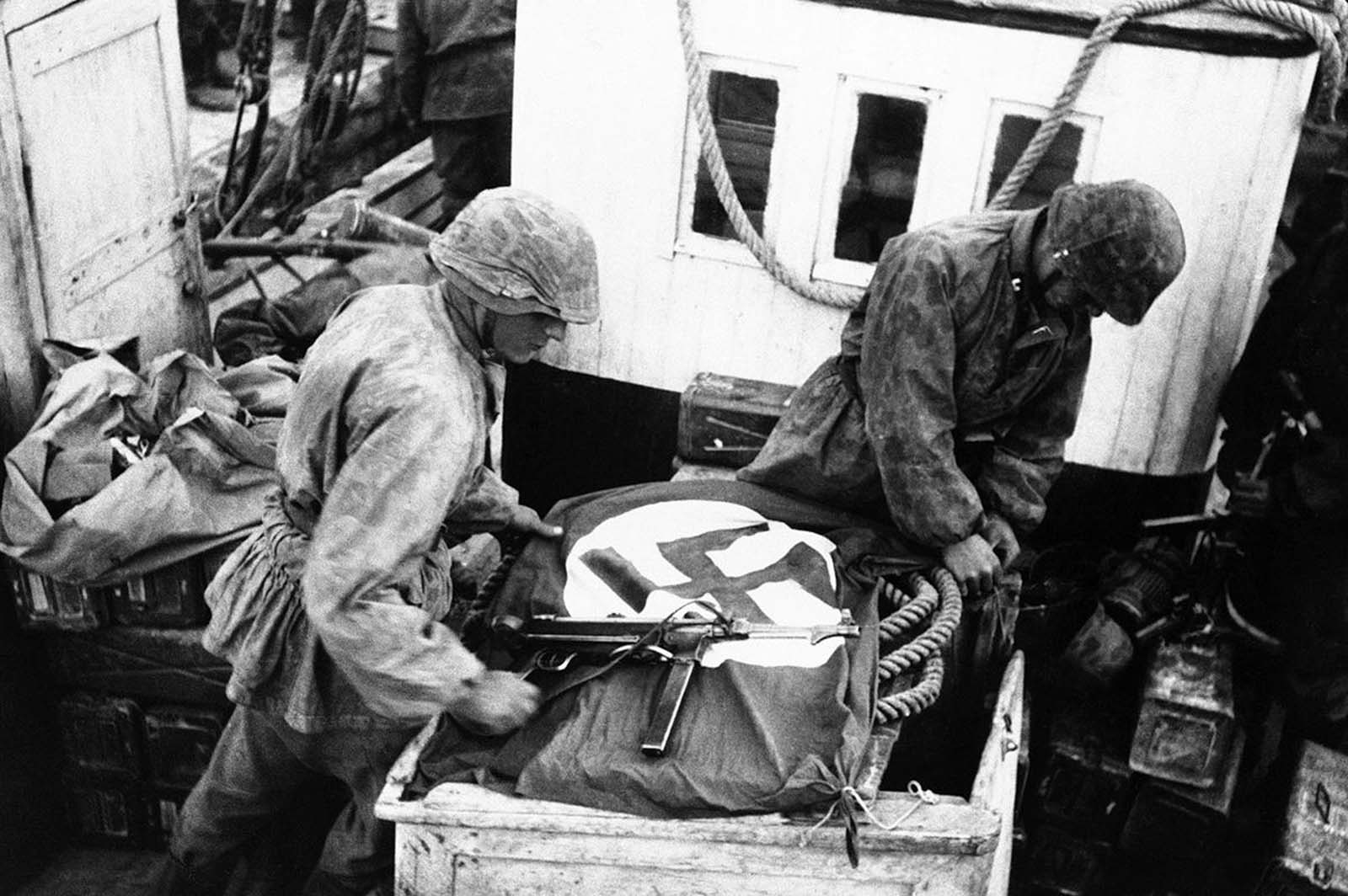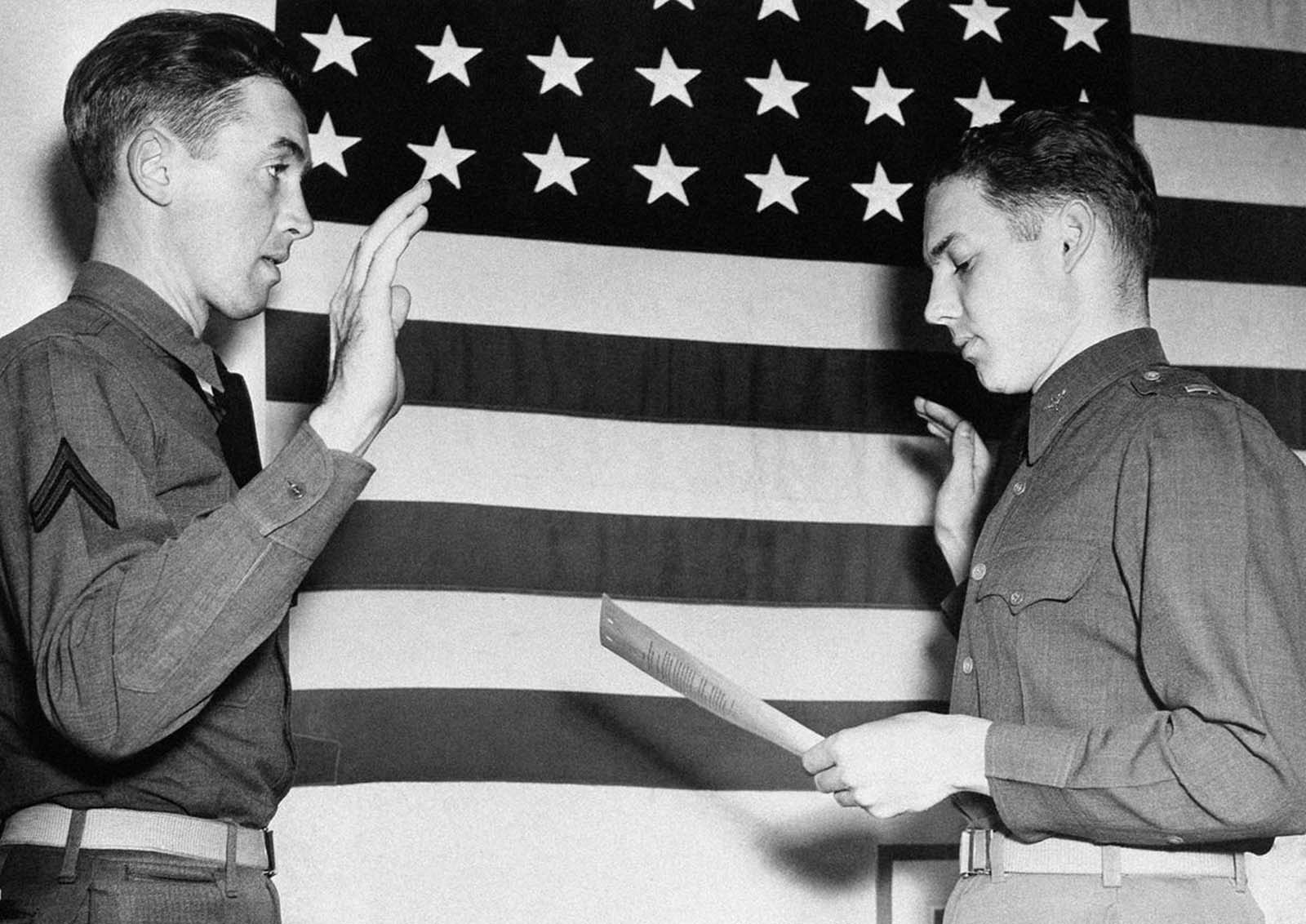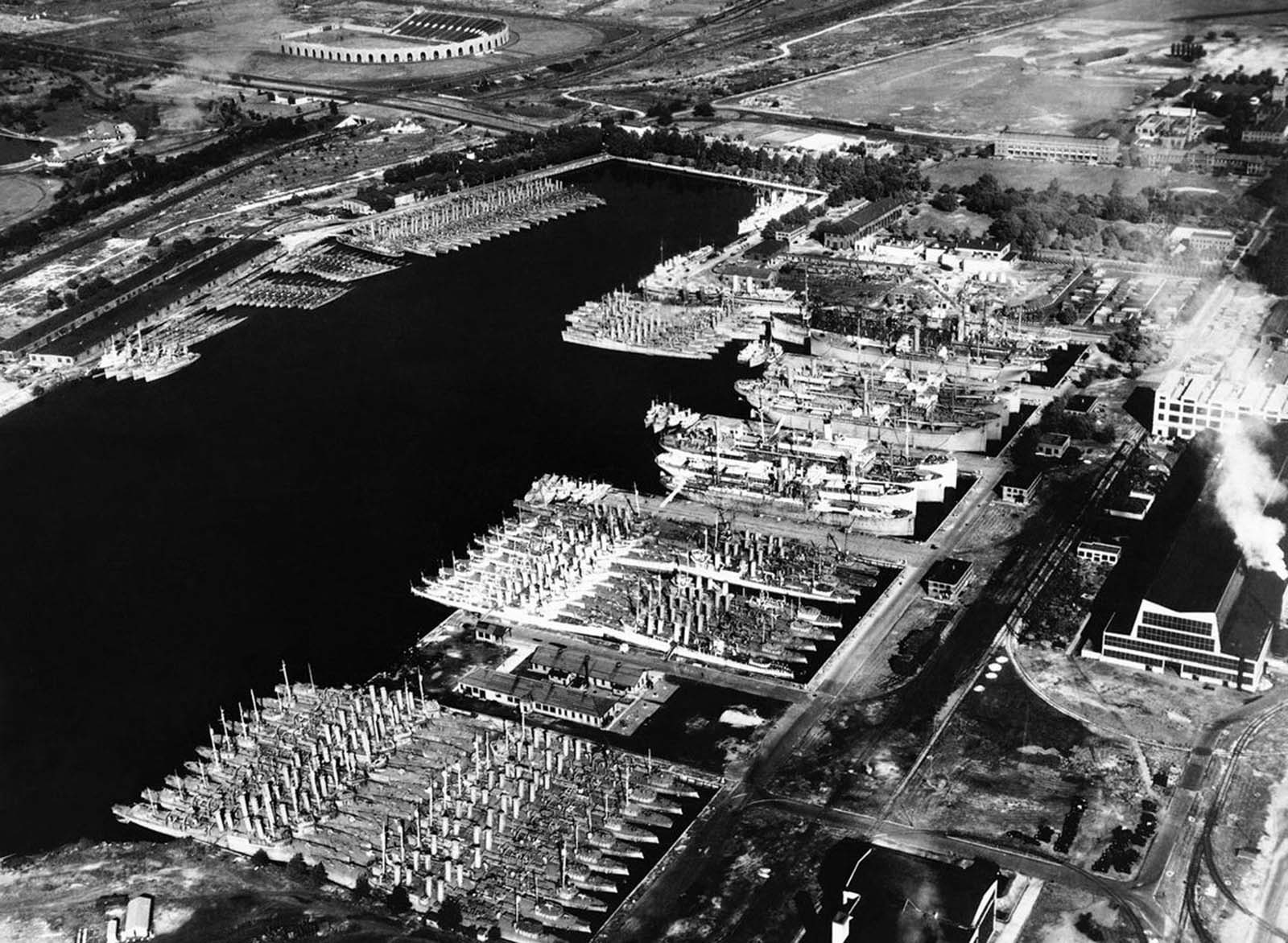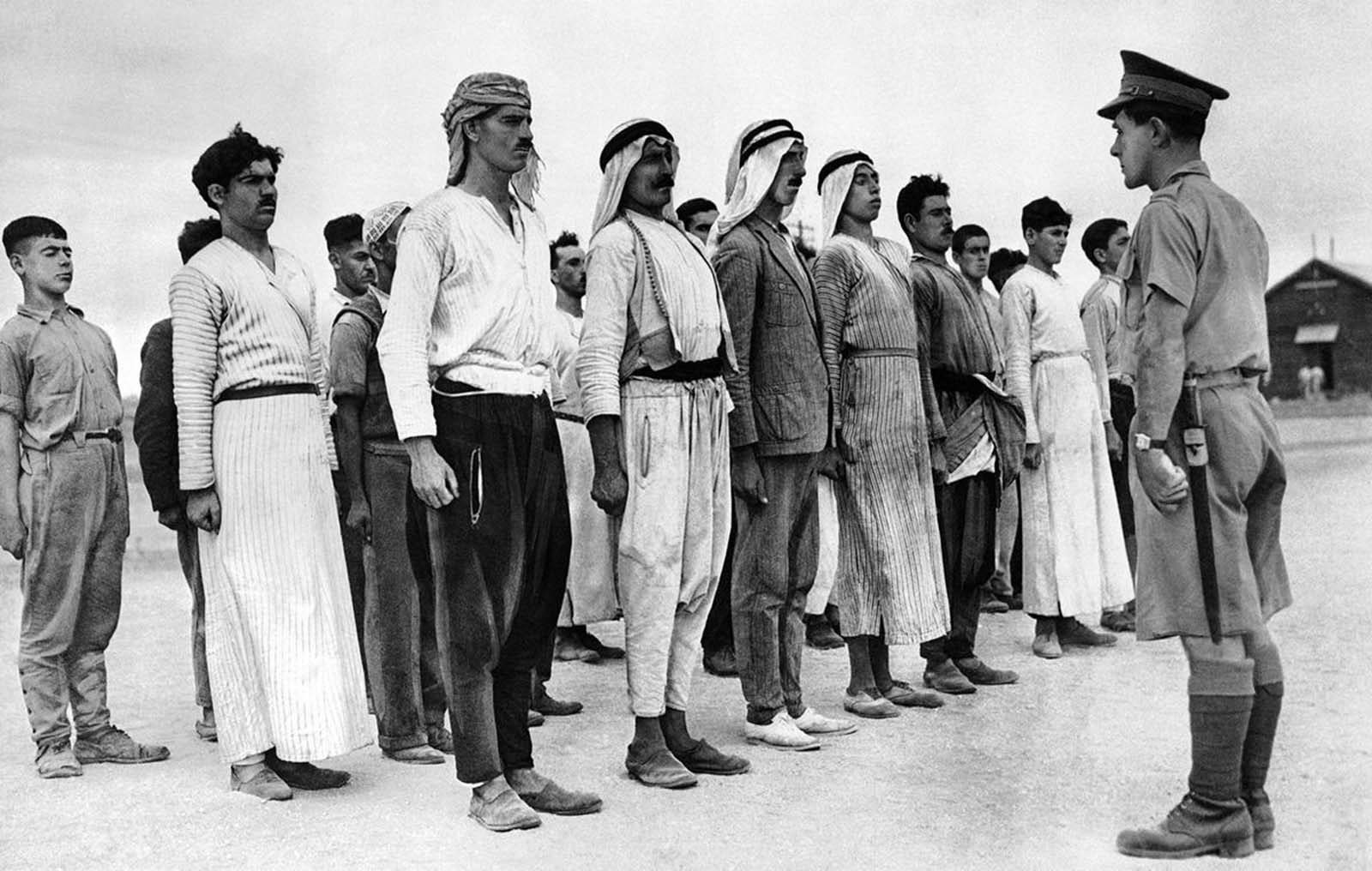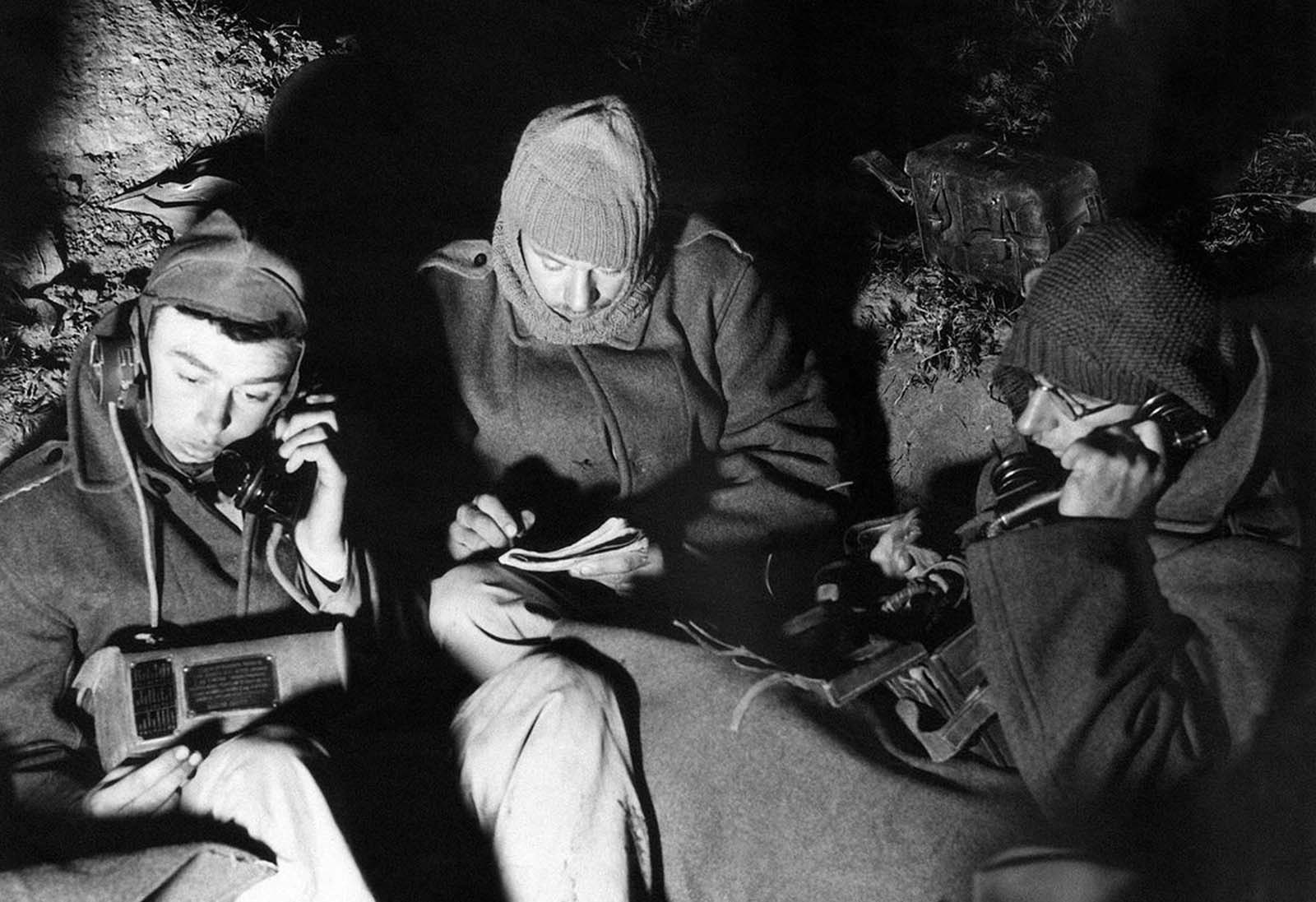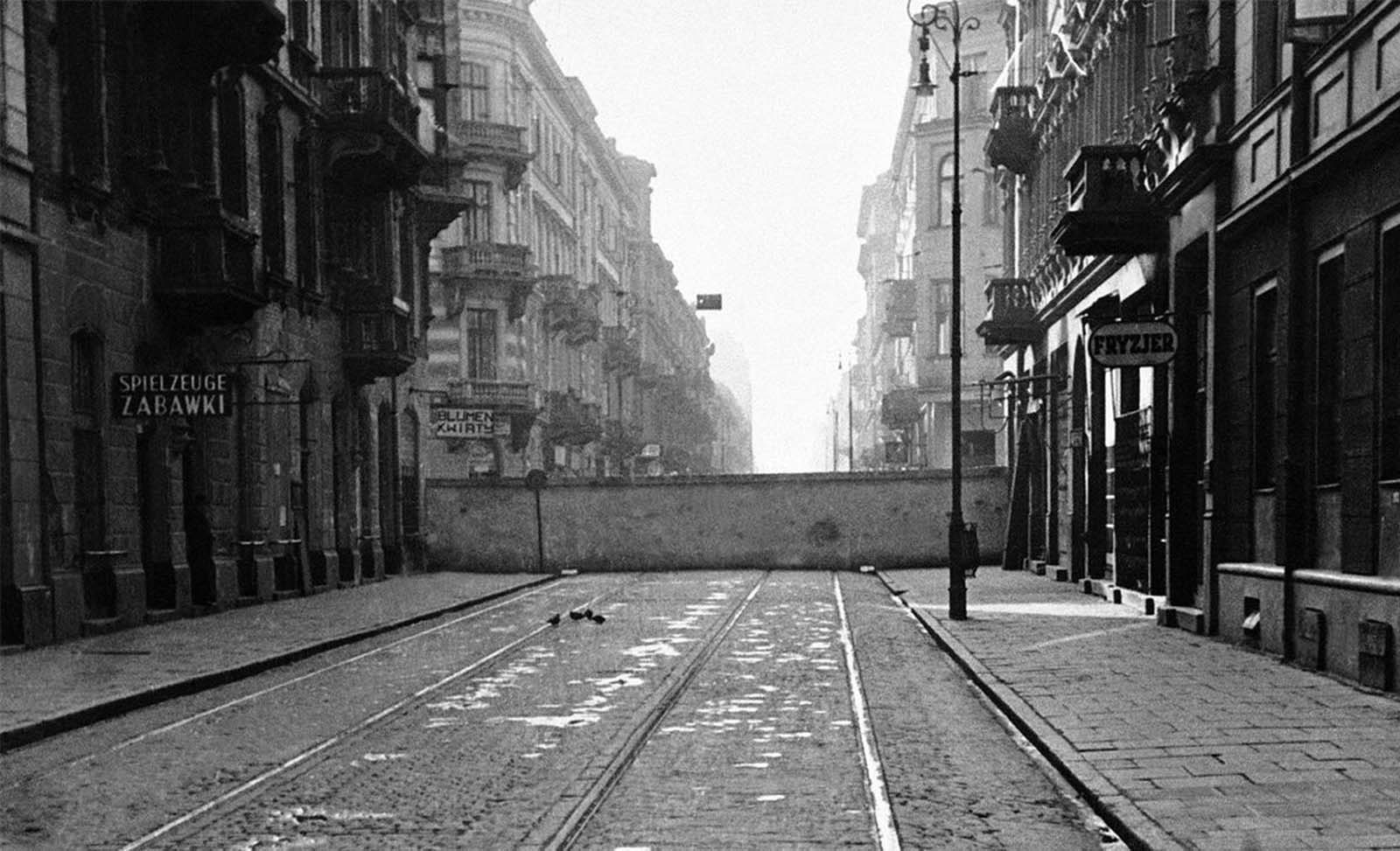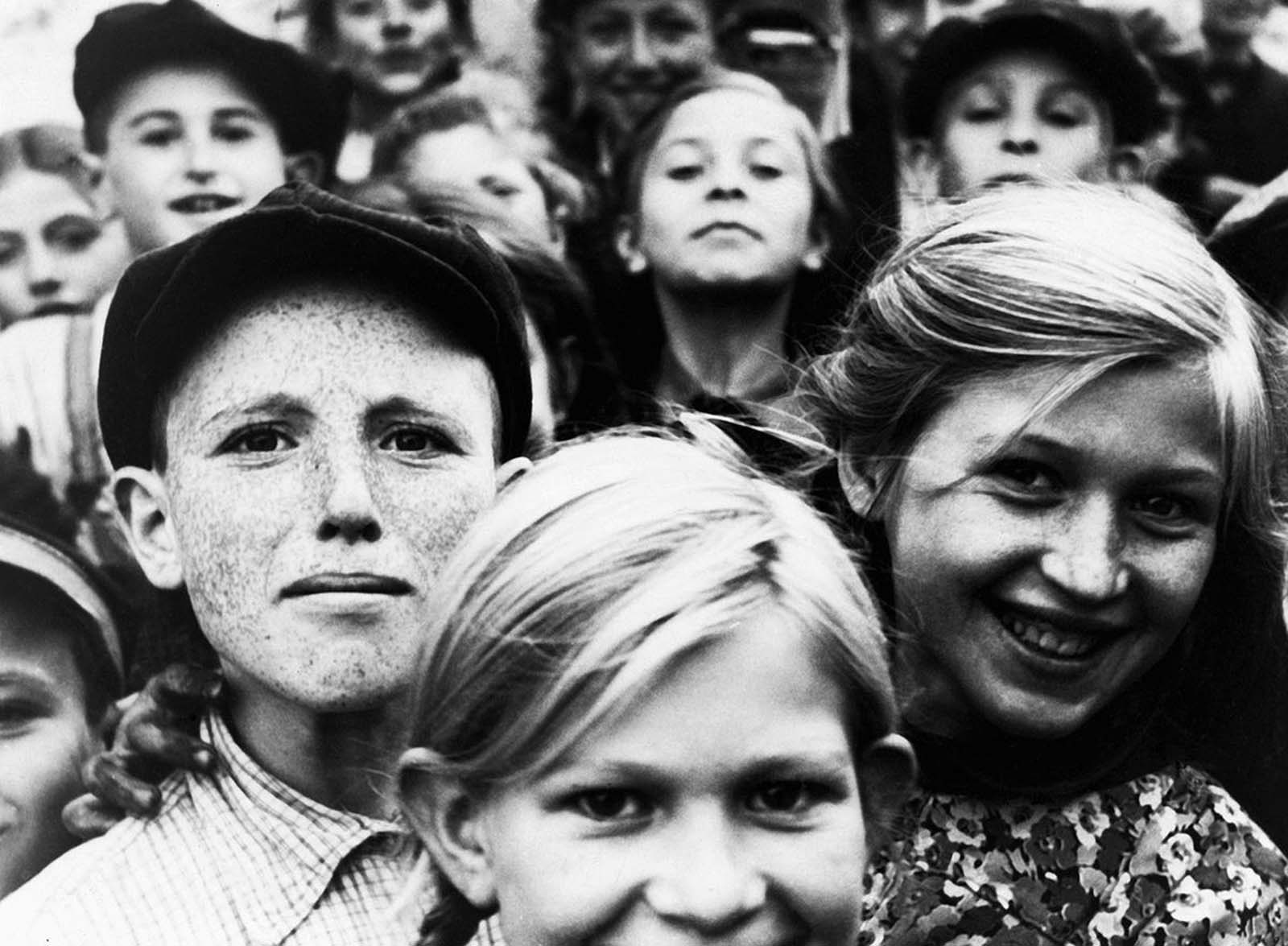Three days later, Hitler’s troops crossed the Meuse River and struck French forces at Sedan, located at the northern end of the Maginot Line, an elaborate chain of fortifications constructed after World War I and considered an impenetrable defensive barrier. On June 14, German forces entered Paris; a new government formed by Marshal Philippe Petain (France’s hero of World War I) requested an armistice two nights later. From the end of 1940 through the summer of 1941, the conflicts among nations grew into true World War. The East African campaign and the Western Desert campaign both began during this period, with largely Italian and British forces battling back and forth across the deserts of Egypt and Libya and from Ethiopia to Kenya. The Tripartite Pact – a declaration of cooperation between Germany, Italy, and Japan – was signed in Berlin. Japanese forces occupied Vietnam, established bases in French Indochina, and continued to attack China. Mussolini ordered his forces to attack Greece, launching the Greco-Italian War and the Balkans Campaign. The Battle of Britain continued as the forces of Germany and Britain carried out bombing raids and sea attacks against each other. The United States began its lend-lease program, which would eventually ship $50 billion worth of arms and materials to Allied nations. And an ominous new phase began as the Germans established walled ghettos in Warsaw and other Polish cities, rounding up Jews from surrounding areas and forcing them to move into these enclaves. Here are a collection of interesting and rare pictures documenting this period of World War II. (Photo credit: AP / Library of Congress / US Army Archives). Notify me of new posts by email.
Δ Subscribe
